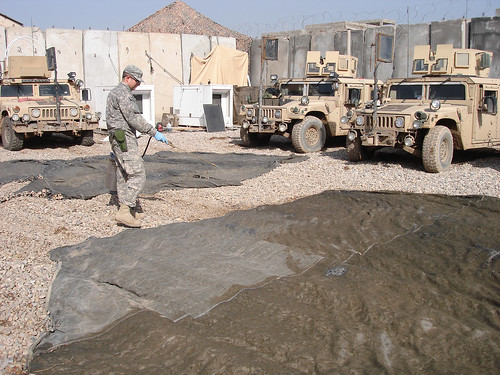
The mosquito Aedes aegypti can spread several diseases as it travel from person to person. Only the females feed on blood. In this photo, the mosquito is just starting to feed on a person’s arm.
During the month of April we will take a closer look at USDA’s Groundbreaking Research for a Revitalized Rural America, highlighting ways USDA researchers are improving the lives of Americans in ways you might never imagine. For example, researching mosquitoes that spread diseases that threaten human health worldwide.
Today is World Health Day, and this year’s theme is vector-borne diseases—those diseases spread by organisms like insects, ticks and snails. Significant vector-borne diseases in the Americas include dengue fever, malaria, leishmaniasis, lymphatic filariasis and schistosomiasis.
One of the most egregious offenders is the mosquito, and the scientists of USDA’s Agricultural Research Service (ARS) are taking aim at this winged attacker with weapons ranging from traditional remedies to computer modeling and satellite images.
Rift Valley Fever (RVF) is a viral disease spread to livestock and humans via mosquito bites, and is a major threat in Africa and the Middle East. ARS scientists partnered with the United Nations Food and Agriculture Organization (FAO), the World Health Organization (WHO) and federal partners from NASA, CDC and the Department of Defense to form the Rift Valley Fever Outbreak Early-Warning Team to develop and transfer an early-warning system to detect and predict outbreaks of RVF.
The model is based on analyzing satellite images to detect when temperatures in the Pacific and Indian oceans elevate concurrently to produce widespread and heavy rainfall in Africa. The right conditions can give rise to major increases in the number and longevity of infected mosquitoes that spread the disease. Similar models can help predict outbreaks of malaria and dengue.
In October 2006, the model predicted that RVF would flare up within three months in sub-Saharan Africa, and warnings were sent to countries in harm’s way to allow them to step up surveillance and controls for disease-carrying insects. Additional warnings were issued from 2007-2010 in Sudan, Southern Africa and Madagascar months prior to the detection of RVF disease.

At a remote patrol base in Iraq, ARS scientist and U.S. Army entomologist Seth Britch applies a pesticide treatment to camouflage netting and shade cloth that will be suspended over outdoor eating and cooking areas and areas between dormitories. This treatment reduces populations of biting flies and mosquitoes by transferring lethal doses to the insects when they rest on the camouflage material.
In other work, ARS scientists have shown that compounds in the oil of seeds of Jatropha curcas—burned in homes in India—are effective mosquito repellents. They’ve also shown that a naturally occurring compound from pine oil seems to deter mosquito biting and repels two kinds of ticks.
Additionally, ARS scientists have evaluated treatments applied to uniforms to help protect military personnel against biting insects, and have helped the military evaluate spray equipment to combat insects that threaten the health of deployed soldiers.
These are just a few examples of the ways ARS scientists serve every day on the front lines in the battle against mosquitoes, ticks and other creatures that pose ongoing, serious threats to the health of the world’s population.

ARS agricultural engineer Clint Hoffmann evaluates a pesticide spray nozzle as ARS works to devise better ways of protecting military personnel from disease-transmitting insects like mosquitoes.
No comments:
Post a Comment